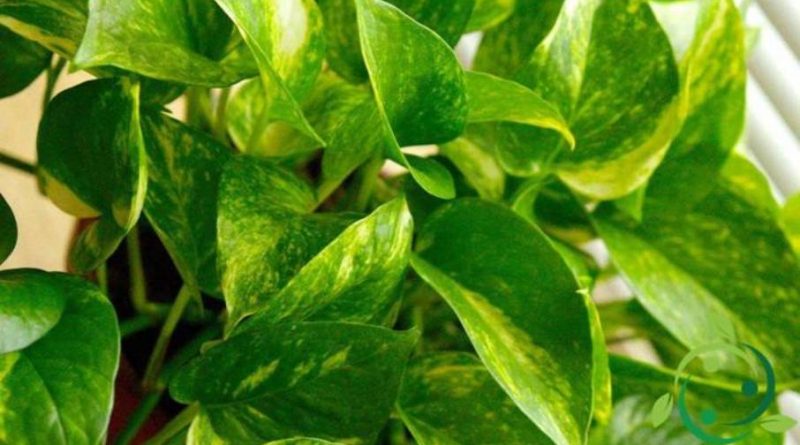How to grow the Pothos
How to grow the Pothos
In this short description we will see how to cultivate the Pothos or Scindapsus aureus (Epipremnum aureum (Linden & André) G.S.Bunting). The Pothos is a plant belonging to the Araceae family, with a hanging or climbing habit, an evergreen commonly used for ornament because of its remarkable ability to adapt and resist. It is native to the tropical and sub-tropical areas of Asia and Oceania and under certain environmental conditions it can become a pest. Regarding the environmental needs, it needs a light exposure but not direct sunlight even if it develops in the dimly lit areas of the house; the optimal temperatures are around 15-18 ° with a reasonable environmental humidity.
The optimal substratum is a soil rich in organic substance mixed with peat, to be placed in medium-sized pots. The optimal irrigation of these plants is by spraying, especially in the summer, in winter to control the humidity of the soil and irrigate it when it goes to dry up.
Among the fertilizers you can periodically add compost, coffee grounds, to be previously diluted with irrigation water before addition. Like all the houseplants should be repotted at least every two years (between March and April) in larger pots and with new soil. As for the multiplication of the pothos this is easily obtained by cuttings of the branches or by division of the tufts in the spring period. Flowering occurs in the summer but in our environments it is highly unlikely that it will flourish. The plant produces long green flower spades of average length of 15 cm.
In the hydroponic crops of this plant the cuttings can be harvested in any season.
Among the most boring adversities for the pothos we remember: the gray mold, which manifests itself on the leaves forming white – grayish and powdery spots; the red spider mite, whose presence is found through small spider webs under the lower page of the leaves; the root rot caused by water stagnation.
The plant can be bred with guardians, on trellises or left to fall if the vase is hung by hooks.
To keep the plant always look nice, it is advisable to periodically clean the leaves of the plant with a damp cloth (it also helps to eliminate some parasites); eliminate dry and damaged branches.
Careful because the Pothos, due to the presence of calcium oxalate, is a toxic plant for dogs, but especially for cats.

